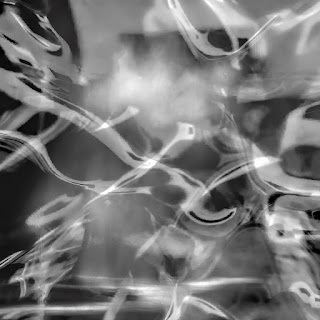"Many colors have been described as rough or sticky, others as smooth and uniform, so that one feels inclined to stroke them (e.g., dark ultramarine, chromic oxide green, and rose madder). Equally the distinction between warm and cold colors belongs to this connection. Some colors appear soft (rose madder), others hard (cobalt green, blue-green oxide), so that even fresh from the tube they seem to be dry. The expression “scented colors” is frequently met with. And finally the sound of colors is so definite that it would be hard to find anyone who would try to express bright yellow in the bass notes, or dark lake in the treble…
Color is a power which directly influences the soul. Color is the keyboard, the eyes are the hammers, the soul is the piano with many strings. The artist is the hand which plays, touching one key or another, to cause vibrations in the soul.
This essential connection between color and form brings us to the question of the influences of form on color. Form alone, even though totally abstract and geometrical, has a power of inner suggestion. A triangle (without the accessory consideration of its being acute — or obtuse — angled or equilateral) has a spiritual value of its own. In connection with other forms, this value may be somewhat modified, but remains in quality the same. The case is similar with a circle, a square, or any conceivable geometrical figure [which has] a subjective substance in an objective shell.
The work of art is born of the artist in a mysterious and secret way. From him it gains life and being. Nor is its existence casual and inconsequent, but it has a definite and purposeful strength, alike in its material and spiritual life. It exists and has power to create spiritual atmosphere; and from this inner standpoint one judges whether it is a good work of art or a bad one. If its “form” is bad it means that the form is too feeble in meaning to call forth corresponding vibrations of the soul… The artist is not only justified in using, but it is his duty to use only those forms which fulfill his own need… Such spiritual freedom is as necessary in art as it is in life."







